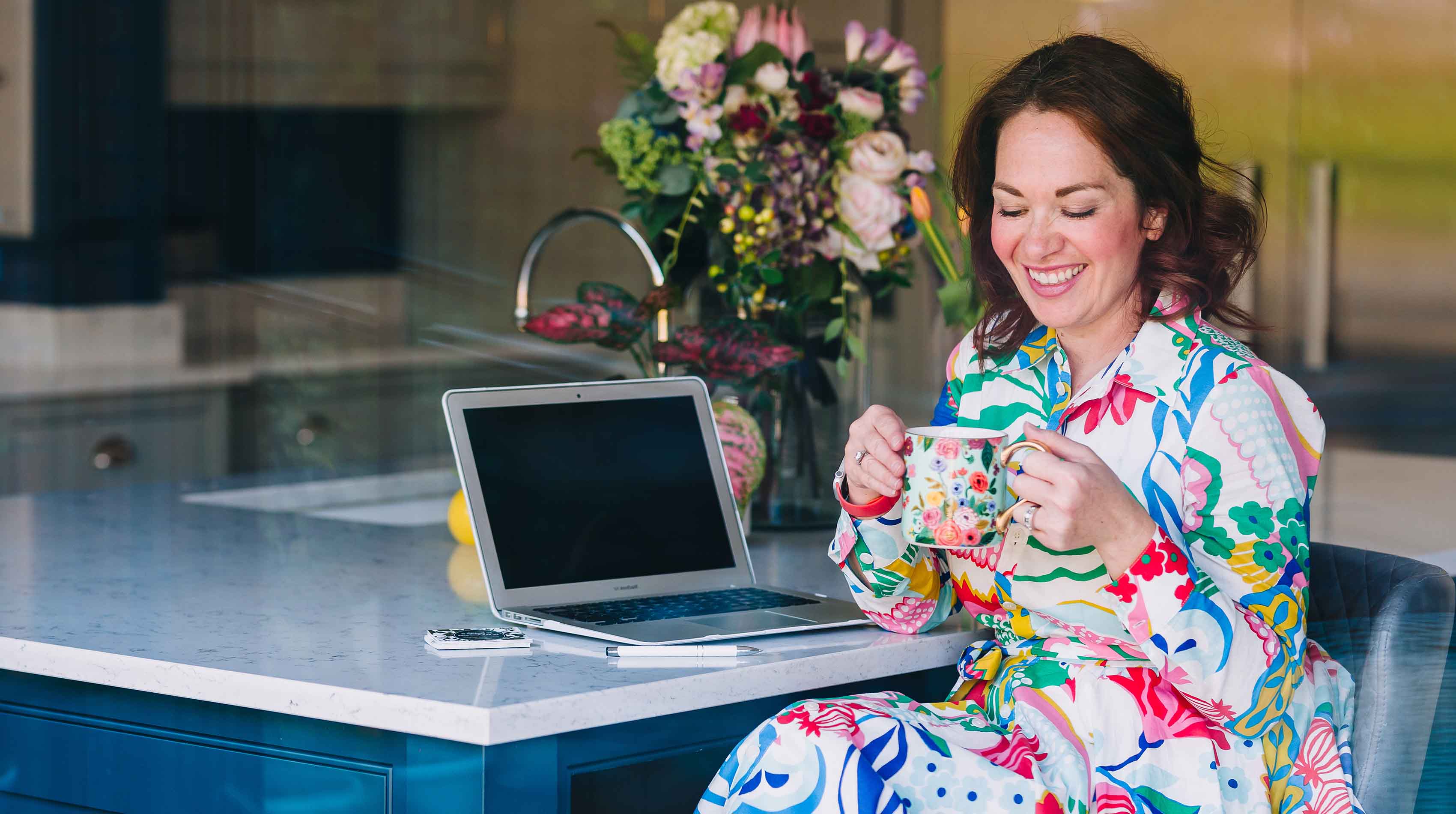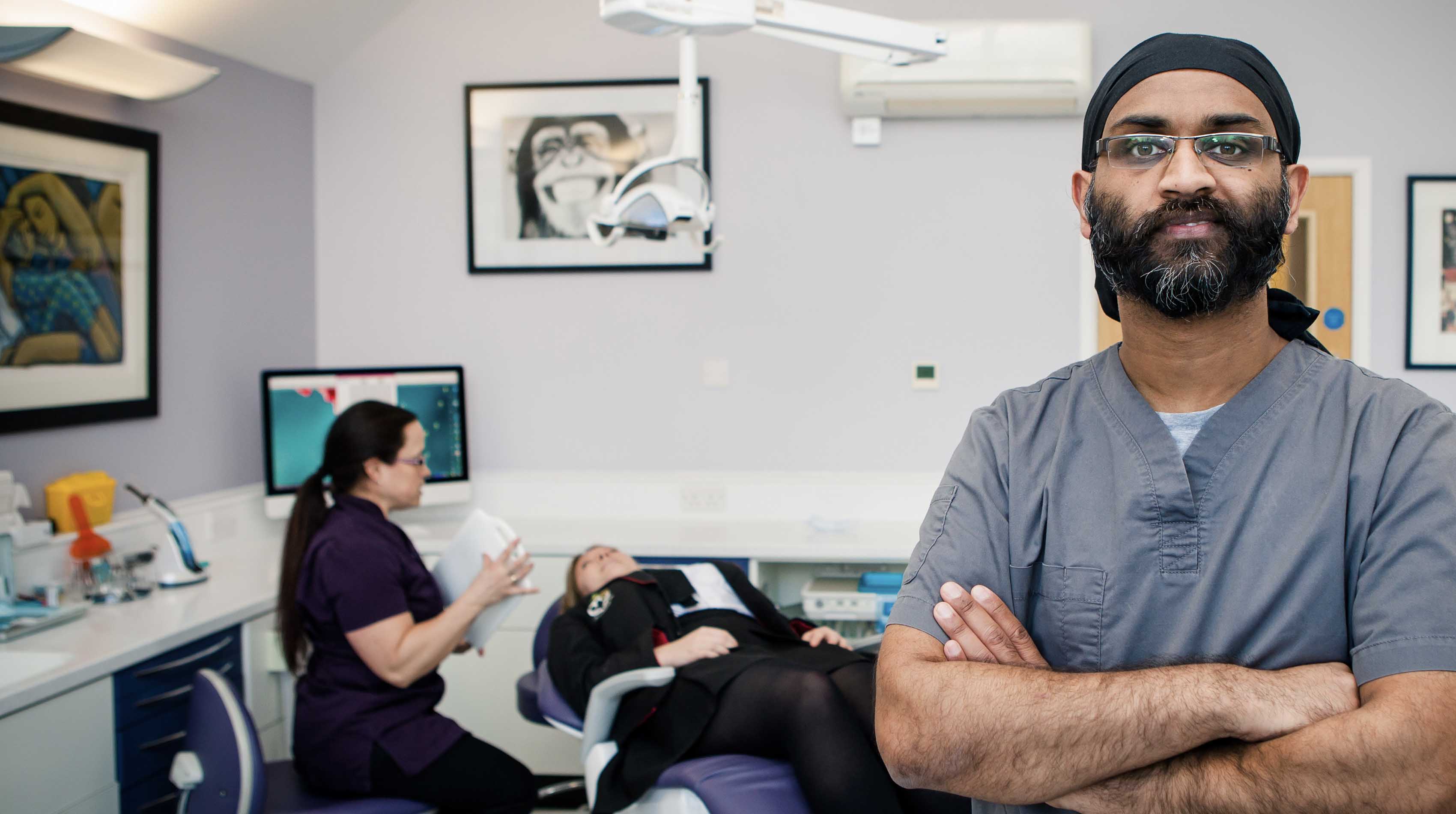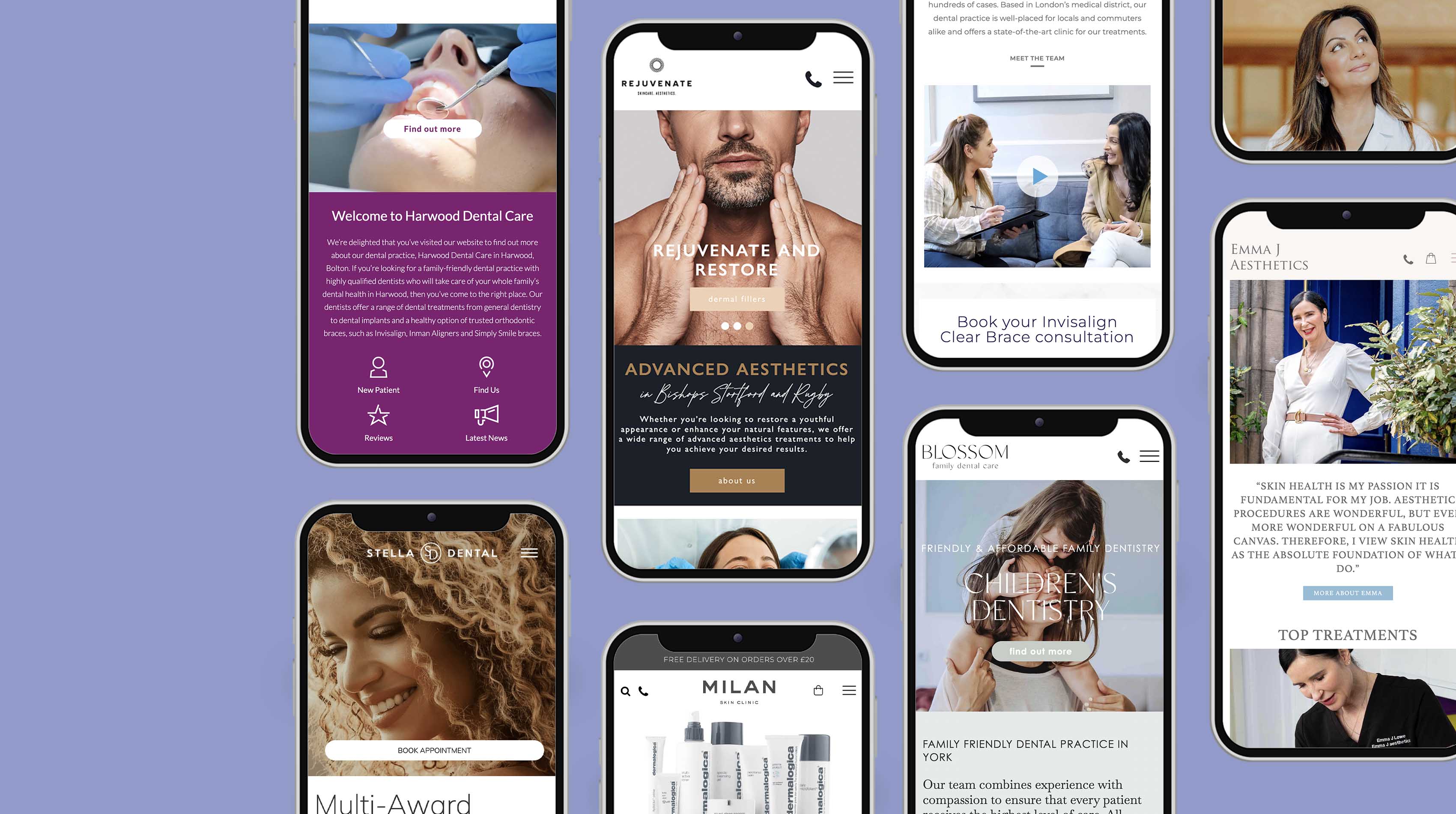How happy are you with the design and content of your website? More importantly, how happy are your existing and potential patients? Are people responding to your calls to action by picking up the phone or filling out your booking form to make an appointment, or is there room for improvement?
Even the most intelligently designed websites can usually be refined. Small tweaks to design features such as the colour, size or position of your ‘Book now’ button, for example, can skyrocket how many people actually click to book.
But how do you know which elements of your page design are influencing your conversion rates? That’s where split testing comes in.
What is split testing?
There are different types of split testing but the most common is known as A/B split testing. This is where you create two versions of a web page, changing one element at a time – 50% of your website visitors see version A and 50% see version B.
The reason you should only change one element of the page at a time is so that you conclusively know which variable on the page has influenced a change in how people react.
You would then use your analytics data to look at stats such as page bounce rates, dwell time, where people go from that page, and clickthrough rates from the call to action button. With this information, you can pinpoint which elements on the page increase engagement and bookings.
Once you know, for example, that your patients prefer a green background to a ‘Book now’ button over the blue background you had been using, you can move on to test a different element on the page, such as whether bookings increase if you move the form higher up the page.
What to split test
Before you can make a start on your split testing, you will need to identify which elements on the page you want to test and in what order. This might be elements such as:
- The colour, size, position or wording of a call to action button (e.g. Buy now, Book now, Learn more)
- The layout, colour, position or fields to complete in your booking form
- The fonts, colour, logo position or wording in your main header
- The main body font of your page
- Your page headline
- The location or wording of your newsletter or freebie opt-in
- The position, size, colour or design of your social media buttons
- The colour of any anchor text/hyperlinks in the main copy
- Treatment or clinic images
Essentially, you can split test absolutely any element of your web design. The key is to only change one thing at a time to remove any guess work about which variables have the most influence.
Multivariate split testing
A more complicated form of split testing is known as ‘multivariate testing’ – this is when you change multiple elements of a web page in different versions of the design to work out which combination of elements attracts the highest levels of engagement.
Multivariate testing can be a great time saver when properly managed because it enables you to test more variables concurrently. However, the downside of multivariate split testing is that, because there are more than two versions of each page, you have to show each version to smaller percentages of your web traffic, which can make it hard to build up a definitive picture about which elements work best.
Running a split test
There are several ways to run a split test. One option is to create different versions of the same page with slightly varying URLs, e.g. www.yourdomain.com/variation-1 and www.yourdomain.com/variation-2 and then run a split test using Google’s Content Experiment program.
Alternatively, there are a range of paid-for software options.
A good web design company will be able to perform split testing on your behalf. Here at Cosmetic Digital, we frequently run split tests to refine clients’ websites, using the benefit of years of experience to create web pages that turn visitors into patients. We’re also able to help our clients analyse all of the data available in analytics and to run multivariate tests where appropriate.
The benefits of split testing
Split testing takes away the guess work from finalising or updating your web design. It gives you real-time data about how your website visitors are engaging with your website and can boost your bookings – and your profits – with a few small changes to your wording and/or page layout.
In our experience, split testing can also uncover some surprises and the results may even contradict what you expect to perform well. Ultimately though, it helps you to create a solid picture of what works best for your target patients so that you can give them a website experience that exceeds their expectations.









